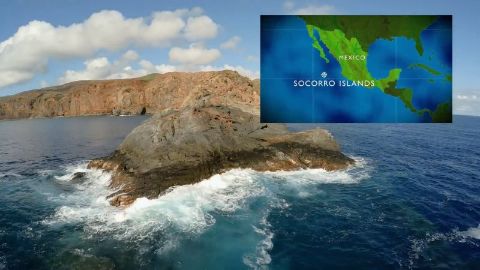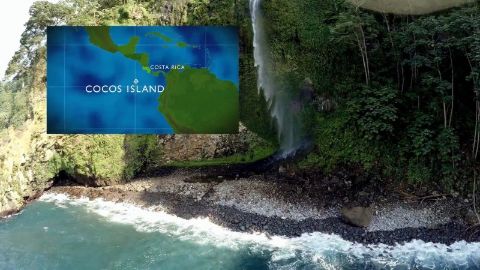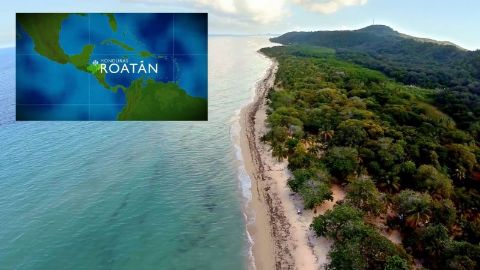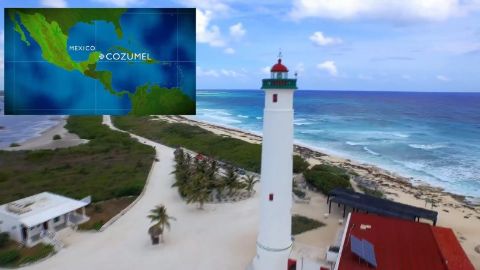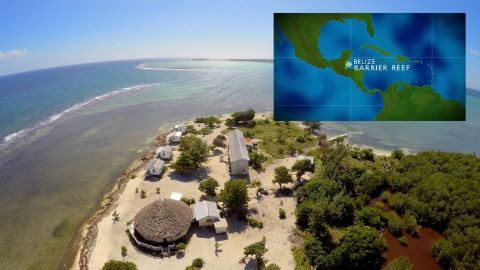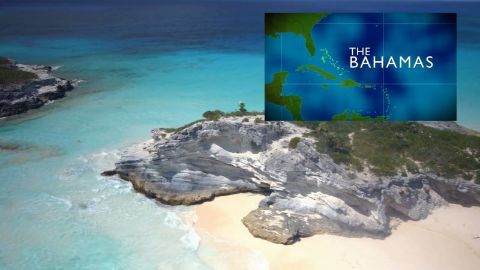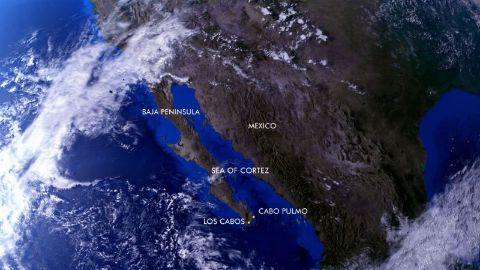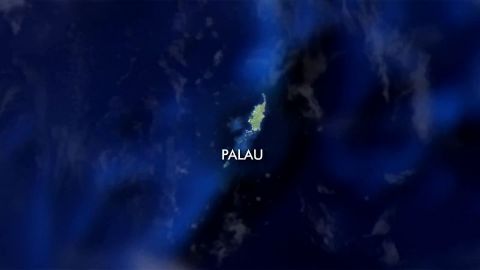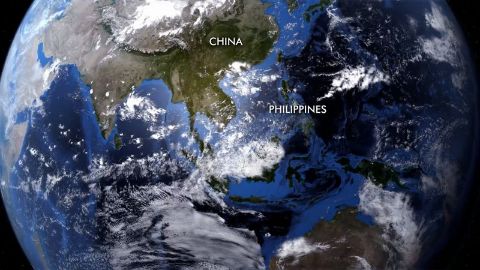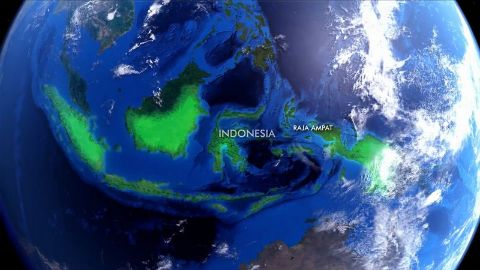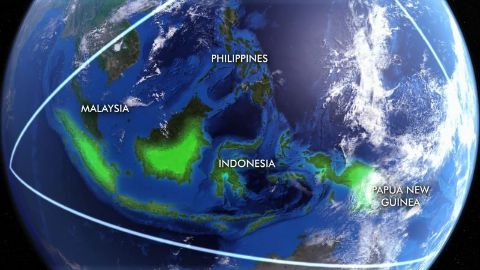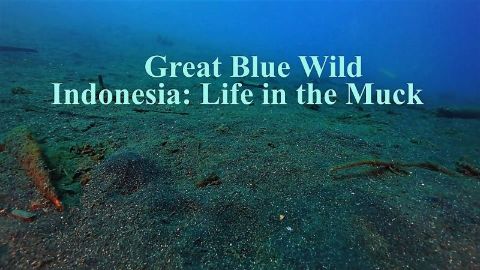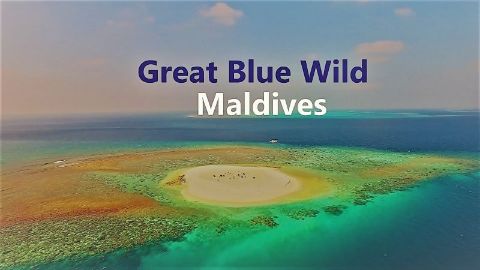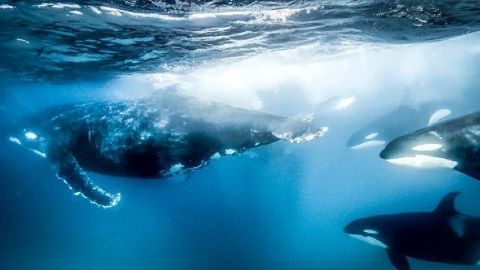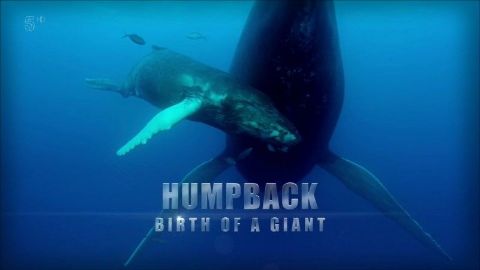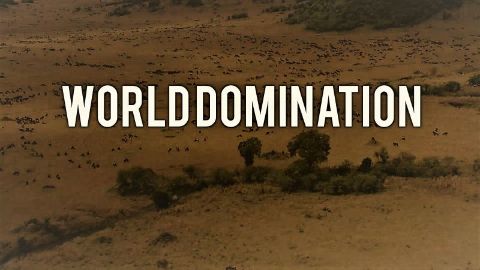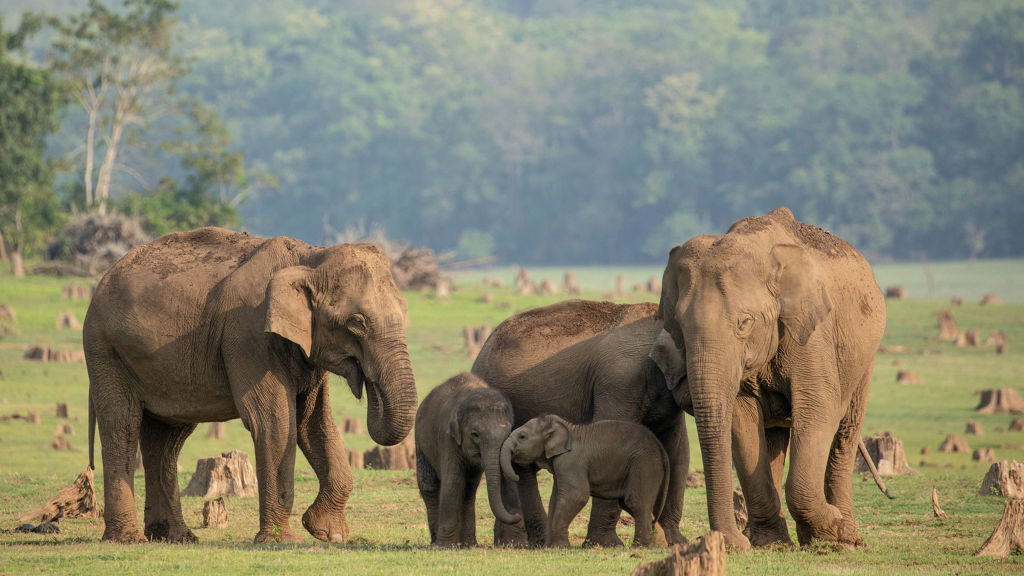Palau Sharks Sanctuary • 2017 • episode "8" • Great Blue Wild
Palau has set up the world's first shark sanctuary-a California-sized marine zone where hunting these endangered predators is strictly prohibited. Can this tiny island-nation defend against a sophisticated army of poachers? Join the front lines to save one of the ocean's most cherished and endangered predators.
Make a donation
Buy a brother a hot coffee? Or a cold beer?
Hope you're finding these documentaries fascinating and eye-opening. It's just me, working hard behind the scenes to bring you this enriching content.
Running and maintaining a website like this takes time and resources. That's why I'm reaching out to you. If you appreciate what I do and would like to support my efforts, would you consider "buying me a coffee"?
Donation addresses
BTC: bc1q8ldskxh4x9qnddhcrgcun8rtvddeldm2a07r2v
ETH: 0x5CCAAA1afc5c5D814129d99277dDb5A979672116
With your donation through , you can show your appreciation and help me keep this project going. Every contribution, no matter how small, makes a significant impact. It goes directly towards covering server costs.
